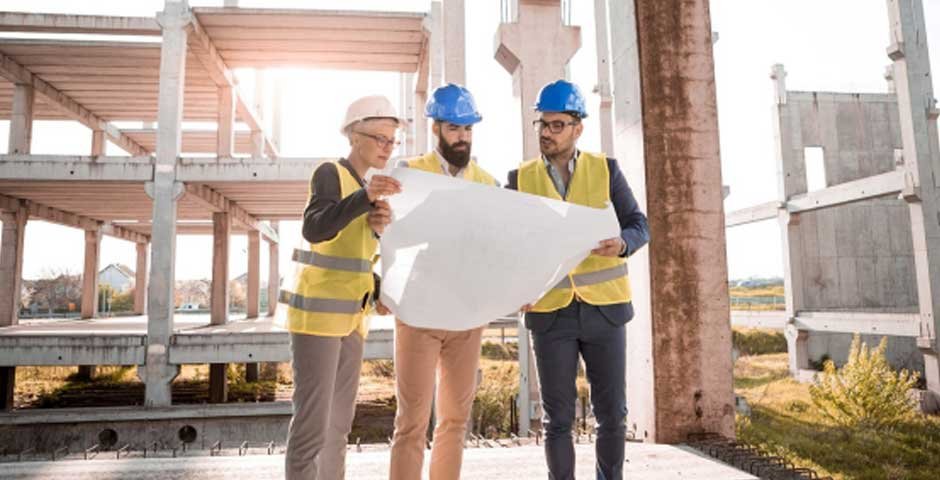Have you ever heard of the analysis of delay? It is a methodical examination of a construction project that aims to explain and quantify the extent of a delay and the reasons for it. It is a critical process that can ultimately impact the project’s success and completion time. Analyzing forensic delay is a specific type of analysis that can be used in legal disputes to determine responsibility and damages. In this blog post, we will discuss some essential insights into forensic delay and its analysis and why it is essential to understand it.
Overview Of Forensic Delay Analysis
Forensic delay is a unique term in that it is used in legal and arbitration proceedings to determine who is responsible for a delay and the amount of damages. This particular delay analysis comprehensively examines the construction project, including the timeline, project schedule, and parties involved. The primary goal of forensic delay analysis is to provide objective evidence to support the claims made by either party regarding the delay’s causes and potential liability for it.
Why is Forensic Delay Analysis Important?
There are various reasons why forensic delay analysis is essential for construction projects. First, it provides an objective examination of the project that can be used in legal disputes. This is key because construction disputes are complex, and forensic delay analysis can help clarify the facts. Second, it can help parties understand the root causes of delays and take steps to prevent them from occurring in future projects. Finally, forensic delay analysis can help ensure that the parties involved in the project are held accountable for their actions.
Key Elements of Forensic Delay Analysis
Like any other type of delay analysis, there are several key elements of forensic delay analysis that must be considered. These include establishing the construction schedule baseline, analyzing the critical path, ascertaining the available float and variability, and analyzing the events resulting in the delay. However, there are a few more elements that are unique to forensic delay analysis. Let us have a look at them.
First, forensic delay analysis must consider the relevant contractual provisions and regulations that apply to the project. This is critical in determining who is responsible for the delay and the amount of damages. Second, forensic delay analysis must be objective and impartial. This means that the analysis must be based on facts and evidence and not on the opinions or biases of the analyst. Finally, forensic delay analysis must be performed professionally in accordance with established industry standards and guidelines.
Types of Forensic Delay Analysis
There are several types of forensic delay analyses that a party can employ in a construction dispute. These include retrospective analysis, prospective analysis, contemporaneous analysis, and Time Impact Analysis.
Retrospective Analysis
This type of analysis is conducted after the completion of the project and is focused on examining the causes and extent of the delay. The analyst will examine the project schedule, the work performed, and all relevant documentation to determine the causes of the delay.
Prospective Analysis
A prospective analysis is conducted during the construction project to predict the potential causes and extent of delays. This type of analysis can help parties anticipate problems and take corrective action before the delay occurs.
Contemporaneous Analysis
This is an analysis that is conducted in real-time and is focused on identifying the causes of the delay as they occur. It can be helpful in preventing delays from becoming more significant and impacting the project’s overall success.
Time Impact Analysis
A Time Impact Analysis is a specialized type of forensic delay analysis that is used to assess the impacts of changes to the project schedule. It helps to quantify the effects of the additional work or any changes that may have occurred.

Conclusion
In conclusion, forensic delay analysis is a critical process that can be used to resolve construction disputes and hold parties accountable for their actions. Forensic delay analysis is a specialized type of delay analysis that is used in legal disputes to determine responsibility and damages. It provides an objective examination of the project, including the timeline, project schedule, and parties involved. Understanding the key elements of forensic delay analysis is essential to its effective use, and it is important to use a professional analyst that follows established industry standards and guidelines. Whether you are a party involved in a construction project or a legal professional handling a construction dispute, understanding forensic delay analysis is essential.






